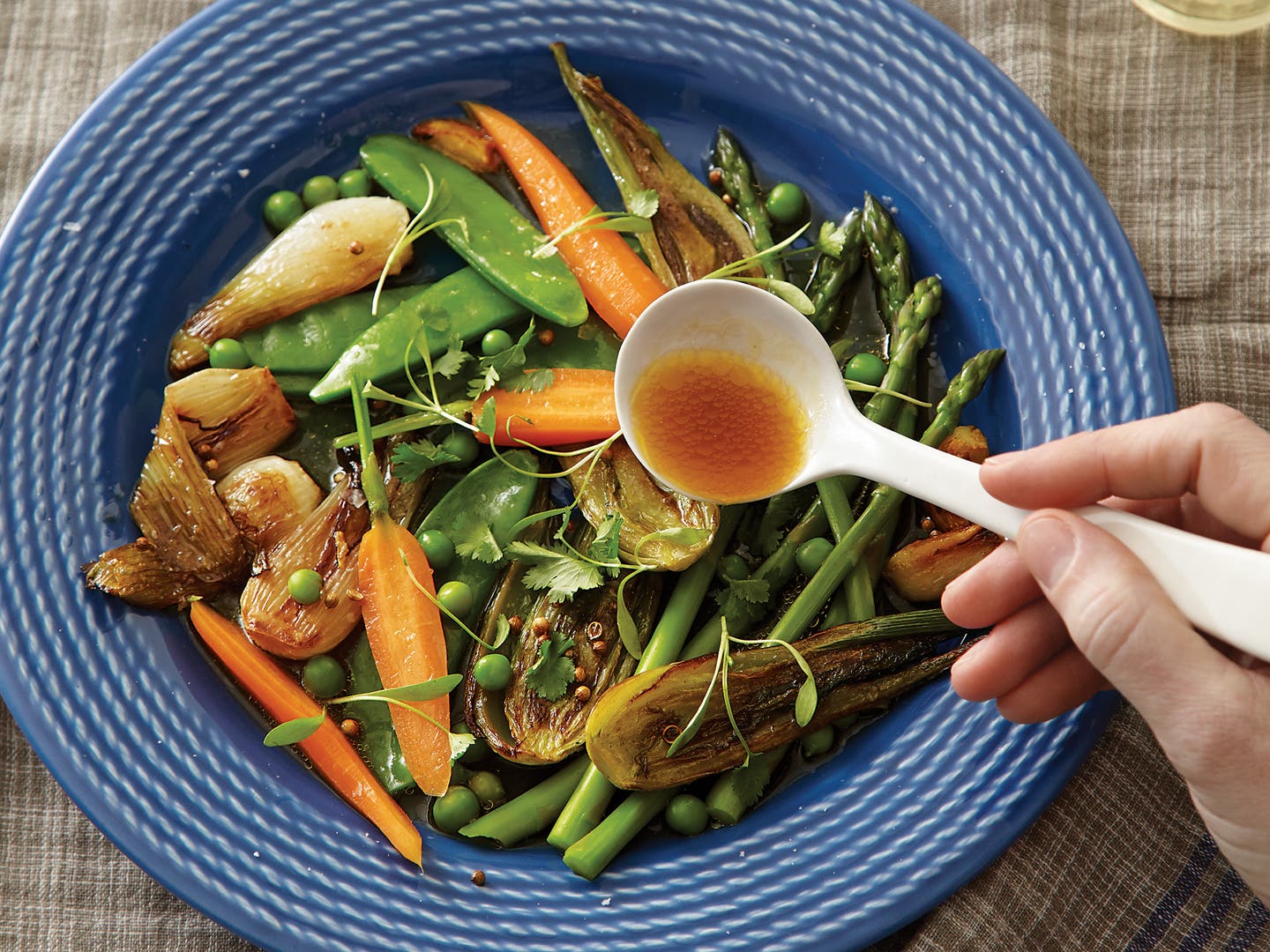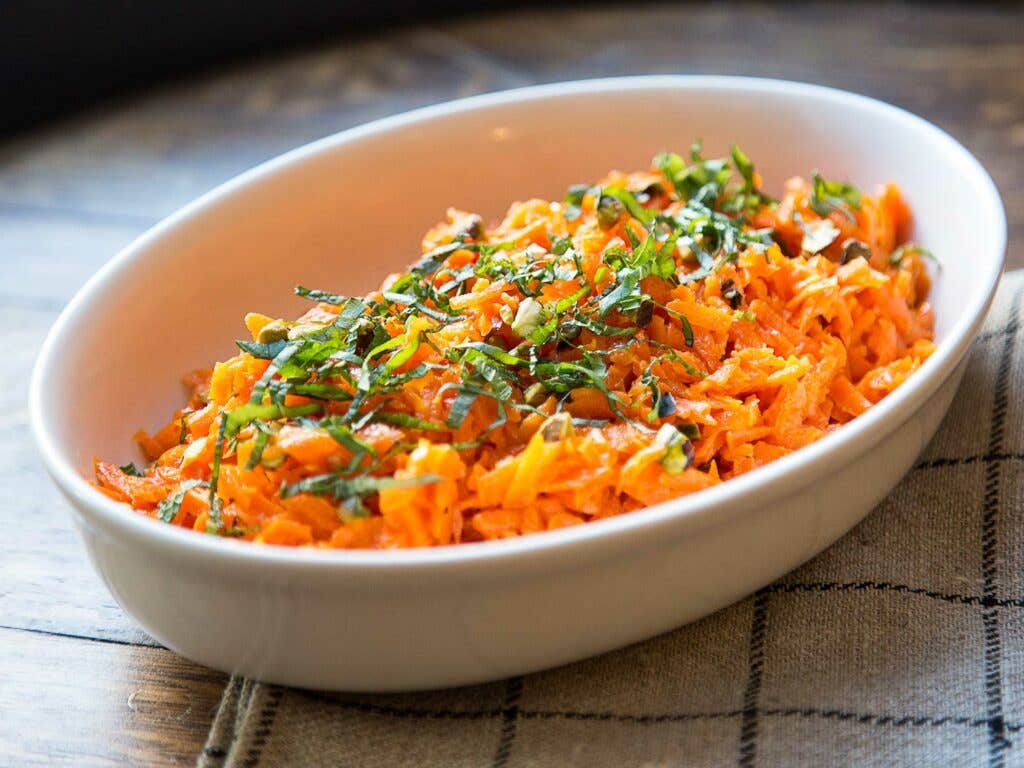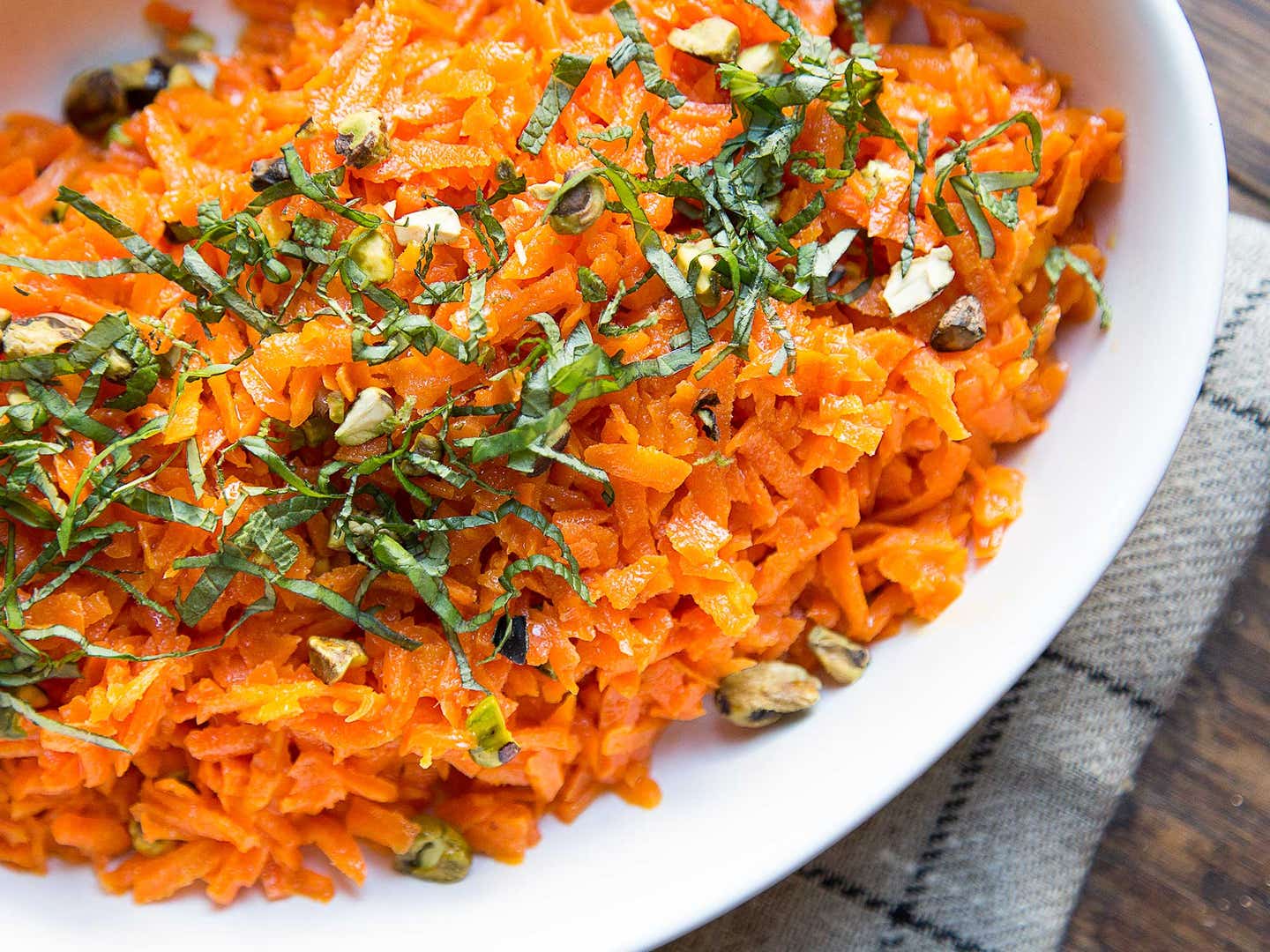
What it Really Takes to Win Over a Picky Eater
How a produce-loving parent confronts her kid’s vegetables anxieties head-on
“Mama, look, it’s a rainbow charm! I tried that at school!”
We’re in the gritty, postindustrial heart of urban Philadelphia, but we’re on a farm, sorting through a basket of freshly harvested vegetables. We live just a few blocks away from Greensgrow, an urban farm that’s been changing the cityscape since the late 1990s. And my kindergartener has in fact recognized rainbow chard, thanks to a public-school nutrition program that gives kids the chance to taste new fruits and vegetables every week—and overcome some of their vegetable-based fears.
Greensgrow is a kid-friendly place, enclosed by a fence from the busy streets and full of surprises for the dedicated explorer: a tub transformed into a turtle pond, metal found-object sculptures, a composting toilet, a Muscovy duck who likes to peck at visitors’ toes, even Milkshake the pig, basking in the spring sunlight in her pen.
My husband and I come here every other weekend to pick up our CSA share. "Community-supported agriculture" refers to the cash up front that members provide to the farm and its partner organizations, which then pay a dividend of produce, meat, dairy products, and occasionally other treats, like beer brewed with Greensgrow's own hops. But we like it here because it feels like a community. We joined when I was pregnant with our daughter; now, at six, she recognizes our friend Nate's cargo bike parked at the gate and runs inside to join her best friends in a game of hide-and-seek among the greenhouses.
The share this week is a springtime jackpot: cilantro, rainbow chard, strawberries, spring onions, fava beans, and purple kolhrabi. We choose our dairy and add extras—cheese, yogurt, a jar of spicy pickles—then head home to plan the week’s meals.
CSA cooking is a challenge, a sort of Iron Chef for the farmstand: You get what you get, and you’d better cook it soon, because this stuff is grown for taste, not for how long it’ll last on a supermarket shelf. These are “ugly” fruits and vegetables: multi-legged carrots and blemished apples packed with flavor and nutrients and the occasional bug. You have to figure out what’ll last a day, what’ll last two days, what’ll last a week, and cook or freeze accordingly.

It’s also a challenge for recovering picky eaters like me. Being labeled a picky eater is always an act of harsh judgment, an accusation of one’s immaturity, but when I was a kid the term “supertaster” hadn’t been invented yet, and in a foodscape dominated by school cafeteria food and drive-thru burgers, my sensitive palate was a liability. My stepbrothers still tease me about the time I had to sit at the table until I finished my peas—the bland, mushy, microwaved kind, which had grown cold and congealed—and I gagged over the bowl. I used to wonder if I just didn’t like eating.
Now I have a six-year-old daughter who inspects her food for green flecks that might indicate the presence of vegetable matter—and I sympathize, I really do. Strangely, though, she’s adventurous at school, the encouragement of her teacher and peers more powerful even than the evolutionary urge to keep foreign substances out of her body. She’s tried swiss chard, endive, kiwi berries, prunes. Did she like the chard? I ask. She scrunches up her nose, the little pink glasses wiggling on her face. “It was okay. I liked the prunes better.”
I try to remember: How had anyone ever convinced me to eat greens? The answer, of course, was that they hadn't. I'd tried them myself, at around 11: creamed spinach, at a family outing to a fancy steakhouse. My expensive filet mignon had come with a pile of shredded carrots, a baked potato, and creamed spinach, and my parents had looked at me expectantly. Vegetables. I was just going to have to eat them. There was no discreetly slipping this into a napkin.
I was apprehensive—but there we were in an opulent, century-old dining room, after a tour of the kitchen, wine cellar, and cheese cave, and even at that age I knew I was experiencing something special. So I took a leap of faith and ate the vegetables. It was a revelation. There was no bitterness to the spinach—it was rich, bright, almost decadent. The carrots were sweet and scented with luxurious spices.
That was when I realized something: For the first time, my taste buds were working in my favor. Instead of being overwhelmed and responding by rejecting the food, they were doing a kind of work I never knew they could perform. They were taking the dish apart and analyzing it. Was that cinnamon in the carrots? Why did all this butter make the spinach taste so different—so good? My parents were shocked when I cleaned my plate. It finally hit me: It wasn't that I didn't like eating. I just liked eating well. There was nothing wrong with me.
It was a revelation that would stay with me as I grew up and learned to cook—and to trust other cooks. Overcoming food fears takes time, and the trust of a picky eater has to be earned. But what it took to earn that trust became easier with time as I learned more about what brought me so much joy. I leapt again: trying sushi on a trip to Japan, freshly picked peppers from a friend’s farm, stinky cheese to impress a date.
I married the guy who got me to try stinky cheese, and today I’m going to try to win our daughter over to rainbow chard. I reach for the butter, the garlic. I ask her to help, and she grates in a little nutmeg, a little Parmigiano-Reggiano from the hunk in the fridge. She plays with the stems—red, yellow, orange, bright pink—while I chop the leaves, and we watch them shrink over the heat. I shred funny-looking carrots, pinkish and three-legged, and she squeezes the honey bear, stirs in the butter, sprinkles the herbs and nuts.
She’s a happy participant, but still unsure about putting green things in her mouth. She takes one tiny bite of the carrots, then one of the chard. “This is better than at school”--a victory!--”but I just want my grilled cheese now.”
I’ll take it. She’s leaping. She’s learning to trust. And I want to make sure she knows there’s nothing wrong with her. Eating well is a journey we take not step by step, but leap by leap.
Get the recipe for Honey Butter Glazed Carrots »
Keep Reading
Continue to Next Story











